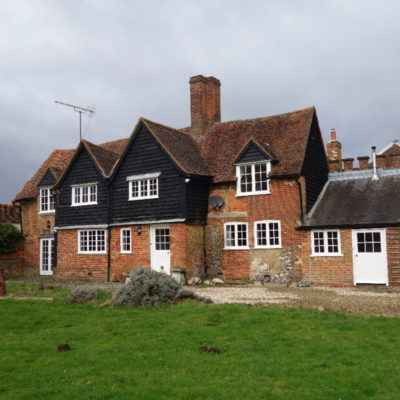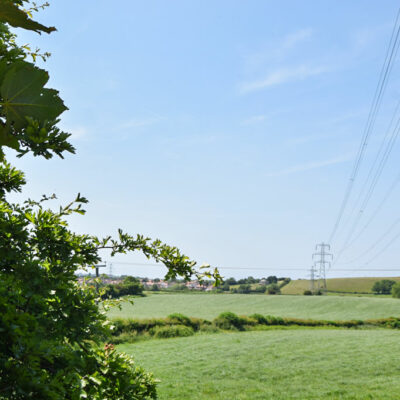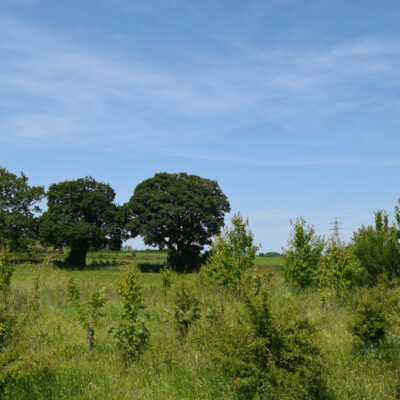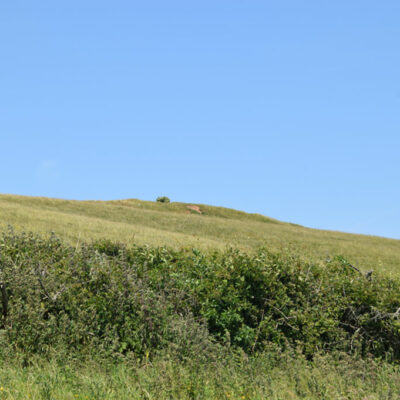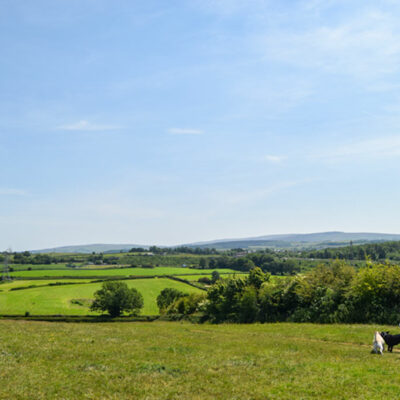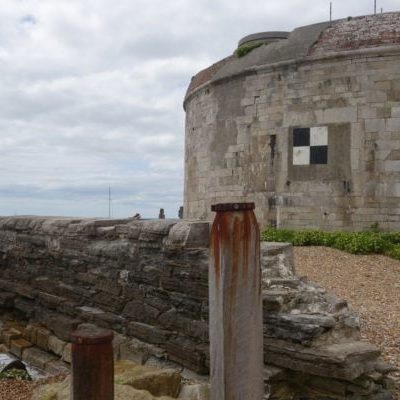Environmental Impact Assessment
What is an Environmental Impact Assessment?
An Environmental Impact Assessment (EIA) is required to understand the extent to which a large infrastructure or development project may harm or enhance landscape value. An EIA may be required following a pre-application request for an EIA Screening Opinion from the Council.
EIAs consider various facets of a landscape and may include its historical and archaeological aspect.
They are mandated by The Town and Planning Regulations 2011 for projects falling under Schedule 1 and may also be sought by a local planning authority for Schedule 2-type projects following project screening and scoping.
What does it involve?
At an initial stage in the planning process, where a Screening Opinion is requested, Border Archaeology’s experienced research team can prepare an EIA Scoping Study, identifying those archaeological and built heritage assets which may be affected by the proposed development and establishing the scope of the detailed EIA chapter.
Link to view video
The detailed EIA chapter will identify known archaeological and built heritage assets within the site and its environs to establish baseline conditions.
In terms of archaeology, it can propose a suitable methodology, such as geophysical survey or trial trenching, to identify the presence of – and potential for – buried archaeological remains that may be affected by the proposed development.
With regard to heritage assets, the EIA will 1/ describe the significance of designated and non-designated assets which may be affected by the proposed development, 2/ assess the direct and indirect impact of the proposed development on these assets and their respective settings and 3/ conclude whether these effects are likely to be adverse or beneficial in overall terms.
What Happens Next?
Where significant adverse impact is identified, a robust strategy may need to be proposed in order to avoid or mitigate potential harm.
Meet some of our EIA Team





